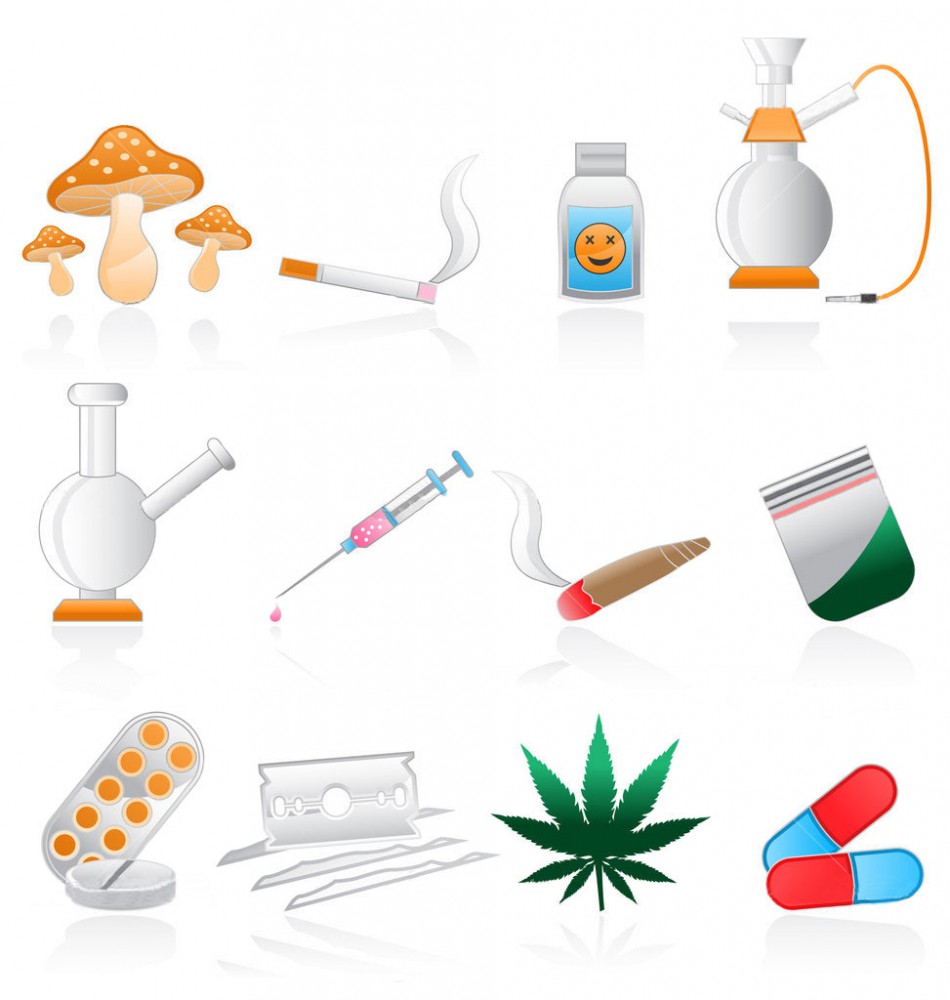Widespread misconception about synthetic drugs has led to a rise in addiction rates among the youth. Examples include several brands of slimming pills which contain Methamphetamine and Amphetamine and lead to psychological dependency.
Methylphenidate pills, commonly known as Ritalin, used by students, mostly the night before exams for “enhancing memory” pose the same risks. Marijuana or ‘Flower’ (‘gol’ in Persian) which causes disorder in the brain functioning and leads to hallucination is commonly believed to be non-addictive by many young people. Arbitrary use of Tramadol for depression or sexual drive enhancement also causes fits and ultimate death.
Alireza Jazini, deputy secretary-general of the Iran Drug Control Headquarters, said at the first provincial festival of designing posters on the theme of addiction in Mashhad on February 18, that “synthetic drugs are a bigger concern than traditional narcotics,” IRNA reported.
The IDCH has directed its focus on primary prevention as the most important strategy to address the issue. He pointed to the threefold classification of prevention: universal (offered to the entire population), selective (targeted to subpopulations) and indicated (targeted to individuals) stressing that all three methods have to be practiced to achieve the desirable results.
Drug abuse prevention as an academic subject was approved last year by the Ministry of Science, Research and Technology and is taught at the BA and MA levels at the University of Applied Sciences and Technology and at PHD level at the Iranian National Center for Addiction Studies affiliated to the Tehran University of Medical Sciences.
An annual 200 billion rials ($6.6 million) has been earmarked for drug abuse and prevention. However, the amount is not sufficient and cannot fully cover the target population, he says.
Organizing conferences in collaboration with socially prominent figures such as artists, athletes and singers are IDCH’s other efforts that have resulted in the foundation of the Primary Prevention Benefactors Association in several provinces.
Role of Mass Media and Art
Mass media and art are an effective means of raising awareness about the consequences of drug addiction, he said. Twelve regular television programs are addressing the issue at the moment.
Jazini said that copy-cat behavior, easy drug availability, parents’ inadequate monitoring, lack of self-esteem, feeling of failure and despair, curiosity and experimenting are the key reasons for drawing the youth toward narcotics.
Among other measures of the IDCH is enhancing specific types of literacy. Emotional literacy is one, by which the youth are empowered to establish a stronger emotional bond with family and friends so as to fill their “emotional emptiness.”
Literacy with regard to communication, media and child upbringing is also being promoted. In terms of communication, the youth must be educated about correct social relations so as to avoid unsuitable friends. Lack of communication between parents and children is often a major cause of falling into the narcotics trap. So it requires parents to be alert and sensitive to children’s needs.
Former addicts, doctors and teachers play a key role in preventing social ills, said Jazini, adding that 10% of schools as well as all military areas and facilities in the country are covered by IDCH’s preventive schemes, which will be extended to other public and educational spaces soon.
The IDCH’s new approach involves prevention by improving public participation. The Iranian Center for Education, Culture and Research in Mashhad took the initiative in organizing the first provincial competition of designing posters with messages on preventing addiction in which artists and university students took part.


